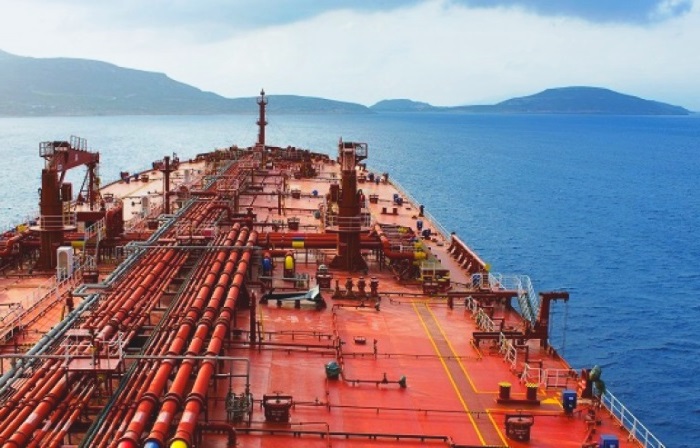Asia’s crude oil imports slipped for a second consecutive month in September as refinery maintenance trimmed demand and the impact of higher prices started to weigh.
The world’s top importing region saw arrivals of 24.95 million barrels per day (bpd) in September, down from August’s 25.22 million bpd, according to data compiled by LSEG.
September’s imports were also almost 3 million bpd weaker than the 27.92 million bpd seen in July, which was the highest monthly total so far in 2023.
Imports in August and September have been the lowest two months so far in 2023, according to LSEG data.
There are two main reasons behind the lower imports, with the temporary factor being seasonal refinery maintenance, which starts in September and lasts through October.
Among the refineries currently undertaking scheduled maintenance are units at Reliance Industries’ RELI.NS 1.24 million bpd complex in Jamnagar in India, Vietnam’s Nhgi Son plant, SK Energy’s Ulsan refinery in South Korea, and Taiwan’s CPC.
Refiners tend to increase utilization rates ahead of regular maintenance to build up stocks of products, but then trim crude purchases for the turnaround period.
The other factor behind lower crude imports in September is likely the increase in oil prices, which gathered steam from July onwards after leading OPEC+ member Saudi Arabia said it would voluntarily cut its output by 1 million bpd.
Brent crude futures LCOc1 rallied from a low of $71.57 a barrel on June 28 to a high of $97.69 on Sept. 28, an increase of 36.5%.
The drop in September crude imports in Asia may only be the start of the demand response to the surge in oil prices, given that cargoes that arrived last month were likely arranged in July, just at the start of the recent rally.
It’s possible that higher oil prices will see lower imports in the fourth quarter, especially since retail prices for fuels such as diesel and gasoline have risen by more than the jump in crude prices, given the robust profit margins for refining fuels and the U.S. dollar’s strength, which lifts costs in other currencies.
CHINA FACTOR
The main unknown factor for Asia’s crude demand is China, the world’s biggest importer of the fuel, which is also believed to have large stockpiles of crude built up when prices were lower.
China added about 1.32 million barrels per day (bpd) to either commercial or strategic crude stockpiles in August, according to calculations based on official data.
For the first eight months of the year, China added about 810,000 bpd to inventories or a total of about 197 million barrels.
China doesn’t disclose the volumes of crude flowing into or out of strategic and commercial stockpiles, but an estimate can be made by deducting the amount of crude processed from the total of crude available from imports and domestic output.
China imported 11.53 million bpd in September, down from August’s 12.49 million bpd, according to LSEG data.
The strong build in inventories so far in 2023 in China gives its refiners the option to trim imports while still boosting fuel exports to take advantage of the high-profit margins on refined products, especially diesel.
What is also clear is that China is attempting to maximise its imports of discounted crude oil from Russia and Iran, while minimising its intake of more expensive oil from Saudi Arabia.
Russia was China’s top supplier in September, providing 1.81 million bpd, eclipsing the 1.44 million bpd from Saudi Arabia.
India, Asia’s second-biggest importer, is also increasing its imports of Russian crude, with arrivals of 1.53 million bpd in September, up from 1.38 million in August, according to LSEG data.
The increased imports from Russia come despite the discount narrowing to around $4 to $5 a barrel from $5 to $6 the prior month.
The main question for Asia’s oil demand in the fourth quarter is just how hard the recent price rally will bite demand.
Higher fuel prices are likely to reignite inflation, meaning central banks may restart raising interest rates or delay any cuts, factors that are likely to strike at consumer confidence and spending.
Source: Hellenic Shipping News





